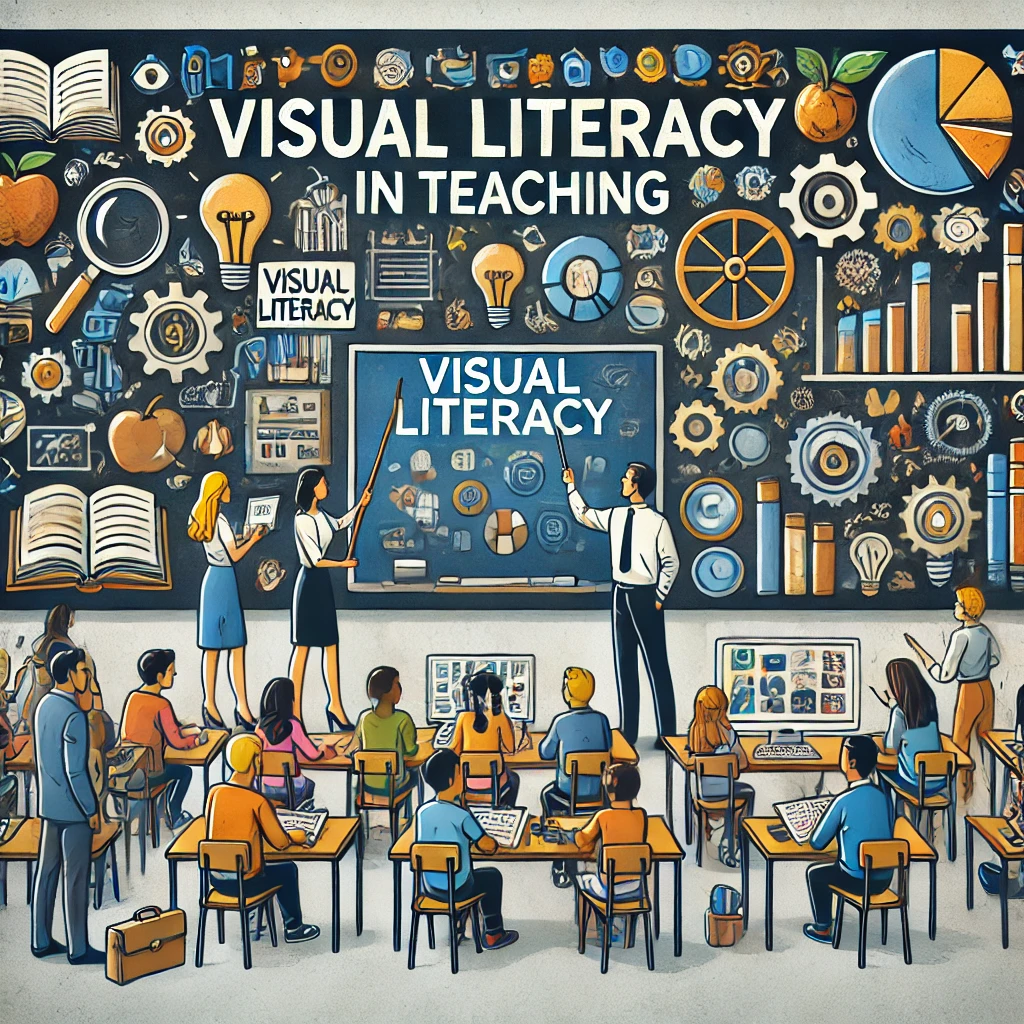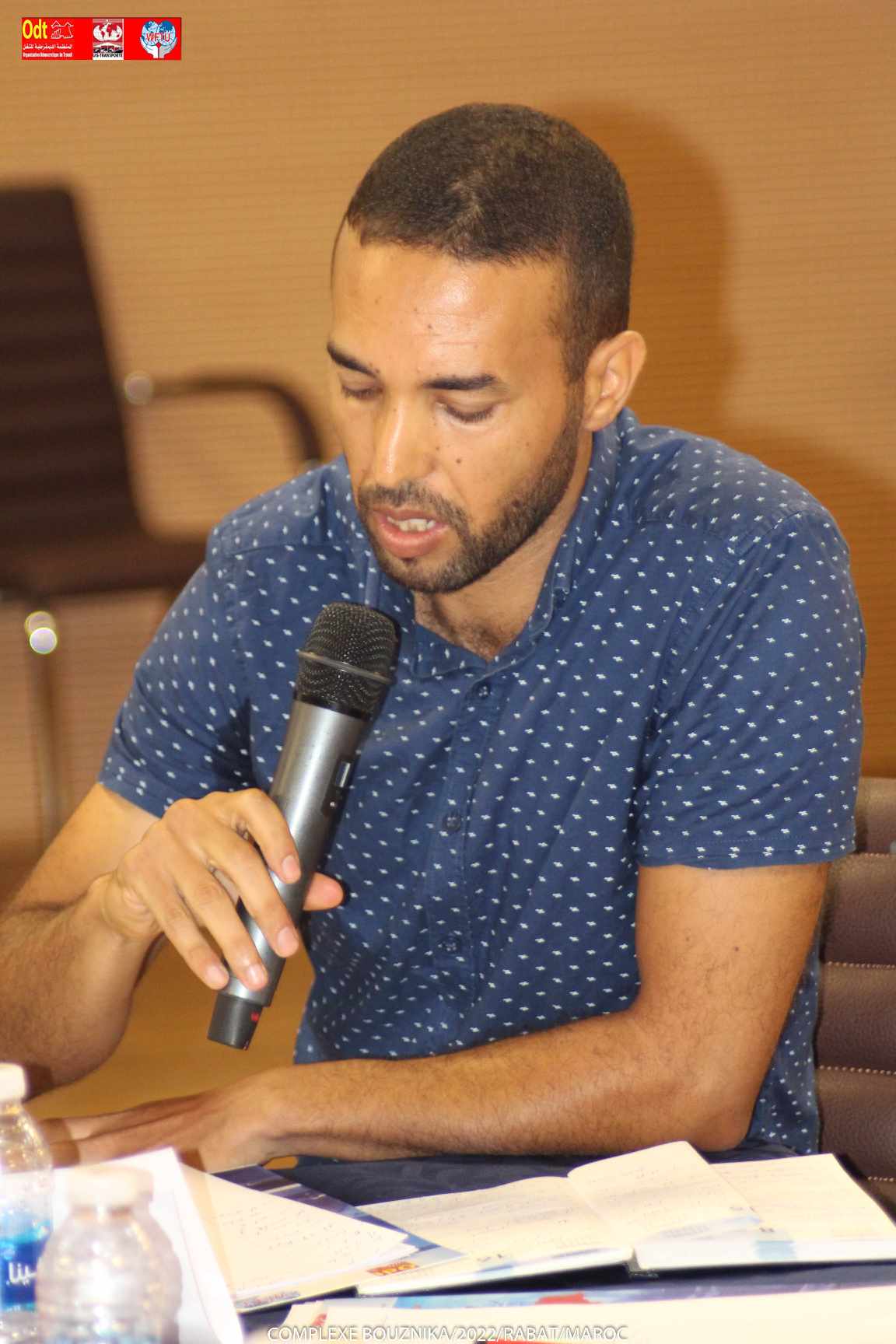
تحظى الثقافة البصرية في العصر الحديث بأهمية متزايدة، تكاد تنافس أهمية الثقافة التقليدية المعتمدة على الكتابة والصوتيات، خاصة في المدارس، والثانويات، والمعاهد العليا. يمكن إثبات هذه الحقيقة بسهولة من خلال الكتب المدرسية، والمناهج التعليمية، والتقييمات التي يتم تبنيها رسميًا على المستوى الثانوي. عادةً ما يستخدم المعلمون الوسائل اللفظية للتواصل، والتحليل، وتفسير النصوص المختلفة. بينما يتجه التواصل عالميًا ومحليًا نحو الوسائل البصرية، يتردد بعض المعلمين في تعليم طلابهم المهارات البصرية التي لم يتلقوا فيها تدريبًا كافيًا أو لم يتلقوا تدريبًا على الإطلاق (Childers & Lowry, 2000).
يستخدم الطلاب والمعلمون على حد سواء الوسائل البصرية أكثر من أي وقت مضى. وتشير الأبحاث إلى أن التوازن بين الكلمات والصور قد تغير بشكل كبير لصالح كل ما هو مرئي، مما يستدعي ظهور أشكال جديدة من الثقافة (Brumberger, 2011). لقد تشبّع العالم بالوسائل البصرية إلى درجة أن الأجيال الجديدة تُسمى بشكل متكرر بـ "السكان الرقميين الأصليين" أو "متعلمين من جيل الألفية" (Brumberger, 2011). يشير مصطلح السكان الرقميين الأصليين إلى الطلاب، أو حتى المعلمين، الذين نشأوا في بيئة غنية بالوسائط مثل أجهزة الكمبيوتر، وألعاب الفيديو، والهواتف المحمولة (Brumberger, 2011). وفقًا لما قاله مارك برينسكي (2005)، الذي صاغ مصطلح السكان الرقميين الأصليين، فإن التعرض المتكرر لهذه التقنيات أدى إلى "تعزيز مهارات التفكير في العديد من المجالات؛ والعديد منها موجه نحو ما هو بصري مرئي" (Brumberger, 2011, ص 29). وأضاف برينسكي (2005):
"طلابنا... مختلفون عنا لدرجة أننا لم نعد نستطيع استخدام معرفتنا أو تدريبنا في القرن العشرين كدليل على ما هو الأفضل لهم تربويًا. فهم يتحدثون بطلاقة لغة التكنولوجيا، ويتقنون اللغة الرقمية لأجهزة الكمبيوتر، وألعاب الفيديو، والإنترنت." (ص 2)
ومع ذلك، يعتقد برومبرجر (2011) أن مؤيدي مفهوم السكان الرقميين الأصليين نادرًا ما يقدمون أدلة تجريبية لدعم هذا الادعاء. وأضاف أن الناس قد يكونون بارعين في استخدام الأدوات الرقمية، لكنهم ليسوا بالضرورة بارعين في تطوير التفكير البصري والنقدي اللازم للتفكير، والتحليل، وتفسير الكم الهائل من الوسائل التكنولوجية التي يستعملونها، والمواد البصرية التي يواجهونها غالبًا بشكل غير سليم. لذلك، رغم أن الطلاب يعتبرون مشاهدين أصليين للصور، إلا أنهم ليسوا قرّاءً للصور ما لم يكن هناك تعليم أو تدريب مسبق حول كيفية "قراءة" الصور بشكل نقدي. ذكر ريتشارد سول ورمان في كتابه "قلق المعلومات" أن "المشكلة ليست في نقص المعلومات في بيئتنا الغنية بالوسائط. ما نفتقر إليه هو الفهم" (كما ورد في Davis, 2017، ص. 181).
جوهر المسألة هو أن النظام التعليمي مطلوب منه الاستجابة للتحول الذي يشهده عالمنا المعولم اليوم وتعليم الطلاب كيفية المشاركة في مثل هذه المجتمعات متعددة الثقافات، وهو ما يفرض على المعلمين السعي لفهم ماهية الثقافة البصرية وكيف يمكن دمجها مع الثقافات التقليدية في الفصول الدراسية. يُفترض على القائمين على قطاع التعليم والتربية أن يدركوا من جانبهم ضرورة المصاحبة والمساعدة في تكوين المعلمين في اتجاه تحقيق هذا التحول البصري.
النص الأصلي تمت كتابته باللغة الإنجليزية قبل أن يتم إعادة بنائه من أجل النشر على منصة ايفاد.
While people worldwide have become increasingly dependent on visuals, in education precedence is still given to verbal communication. Visual literacy has not been given much importance as traditional literacy, particularly in the higher secondary schools. This fact can be easily demonstrated in textbooks, teaching approaches and assessments adopted officially at the secondary level.
Teachers generally are use verbal means to communicate, analyze, and interpret different texts. While the communication mode goes visual globally and locally, some teachers are reticent to instruct their students in the non-verbal skills in which they themselves have little or no training (Childers & Lowry, 2000). students and teachers alike are using more visuals than ever before. Research states that the balance between words and images has shifted significantly calling for new forms of literacy (Brumberger, 2011). The world has been saturated with visuals to the extent that new generations are frequently called “digital natives” or “millennial learners” (Brumberger, 2011). Digital natives refer to students, or even teachers, who have grown up in media-rich environment with computers, video games, and cell phones (Brumberger, 2011). According to Mark Prensky(2005) , who coined the term digital native, the repeated exposure to these technologies has resulted in “enhanced thinking skills in several areas; many of which are visually oriented” (Brumberger, 2011, p.29). Prensky (2005) added that,
“Our students … are so different from us that we can no longer use either our 20th century knowledge or our training as a guide to what is best for them
educationally. They are native speakers of technology, fluent in the digital language of computers, video games, and the Internet.” (p2)
Yet, Brumberger (2011) believes that the advocates of the notion of digital natives rarely provide any empirical evidence to support this claim. He added that people might be good at using digital tools but not at developing the visual and critical thinking necessary to navigate, analyze, and properly interpret the flood of visuals encountered. Therefore, although students are native image-viewers, they are not image-readers unless there are prior instructions or training on how to critically “read” visuals. Richard Saul Wurman, in his book, Information Anxiety argued that, “there is no lack of information in today’s media-rich environment. What we lack is understanding” (as cited in Davis, 2017, p. 181).
The heart of the matter is that the educational system is required to respond to the communication shift in today’s globalized world and educate students on how to engage in such multiliterate societies. Teachers, on their part, are still endeavoring to make sense of what visual literacy is and how visual literacy can be interweaved with the traditional literacies in classrooms. Teachers are supposed to be aware of this shift towards visual communication, possess the
basic visual skills or be trained for that purpose.
#Visual_Culture #Modern_Era #Traditional_Literacy #Visual_Literacy #Education_Shift #Digital_Natives #Media_Rich #Visual_Communication #Teaching_Methods #Critical_Thinking #Visual_Skills #Multiliterate_Societies #Educational_Reform #Teaching_Training #Textbook_Analysis #Ifad #Rashad
#الثقافة_البصرية #العصر_الحديث #الأمية_التقليدية #الأمية_البصرية #تحول_التعليم #السكان_الرقميين #بيئة_غنية #التواصل_البصري #طرق_التدريس #التفكير_النقدي #المهارات_البصرية #المجتمعات_متعددة #الإصلاح_التعليمي #تدريب_المعلمين #تحليل_الكتب #إيفاد #رشاد

التعليقات
لا توجد تعليقات حتى الآن.
يجب أن تسجل الدخول لإضافة تعليق.